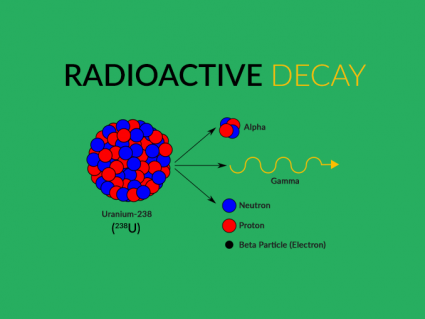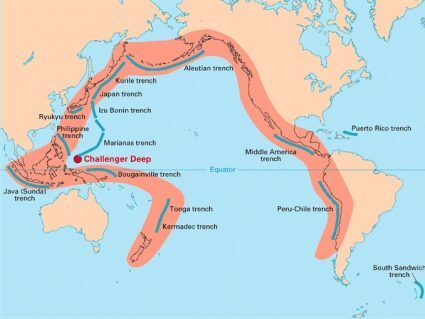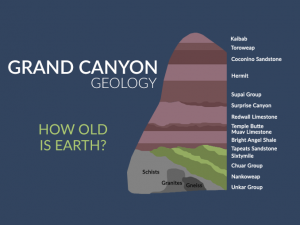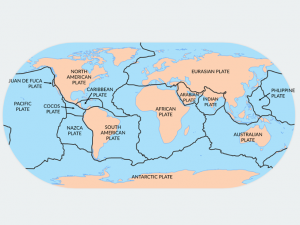What is a Cinder Cone Volcano (Scoria Cone)?

Cinder cones (also known as spatter cones) are the most common type of volcano in the world.
They are small in comparison to the other types of volcanoes. In fact, they’re only tens to hundreds of meters in size.
But at the same time, they’re very steep typically with a bowl-shaped crater at the summit. Cinder cone volcanoes are shaped like conical hills with high slopes.
After a violent eruption, it produces small fragments that solidify and fall as cinders. So the surrounding rock fragments are cinders. If you’ve ever seen a cinder, it looks like sand. But they’re actually volcanic cinders.
How do cinder cone volcanoes form?

Cinder cones form out of tephra, magma, and ash that it ejects. When cinder cones spew out this gaseous lava, it spits it up in the air. But it splatters around the vent and welds together. Eventually, it cools down and becomes part of its steep cone-like feature.
Lava rarely flows from the top of a cinder. Instead, lava typically rushes out from side vents. This is because cinder cones can rarely support the exerted pressure from a violent volcanic eruption.
The typical sequence of events for cinder cone formation is:
- An explosive eruption from gas rapidly expanding and escaping from molten lava.
- Next, the cone forms due to the cinders falling back into the cone.
- Then, a final explosive eruption leaves a funnel-shaped crater at the top of the cone.
- Finally, molten rock pours out of the surface and lava flows downslope.
What are examples of cinder cones?
We often find cinder cones surrounding larger volcanoes. These types of cinder cone volcanoes are nicknamed ‘parasitic’. For example, Mauna Kea in Hawaii has 100+ cinder cones around its flanks.
Another example of an active cinder cone volcano is Cerro Negro in Nicaragua. It’s the youngest in Central America first appearing in 1850. Since then, it has erupted 23 times with its latest eruption in 1999.
Parícutin is a cinder cone volcano in Mexico that suddenly erupted in a cornfield. During 9 years of volcanic activity, it left a 420-meter-tall cone without erupting ever again.
What is a Cinder Cone Volcano?
Volcanoes are powerful forces of nature with cinder cones (also known as spatter cones) being the most common type of volcano in the world.
These small but often explosive volcanic features are characterized by their steep-sided, conical shape and are formed when volcanic eruptions eject fragments of ash, cinders, and volcanic rocks into the air.
These fragments fall back and accumulate around the vent, gradually building the distinctive cone-like structure.
You can use the comment form below or email us with your questions and comments.















Very helpful, thank you.
Why does it look like that???